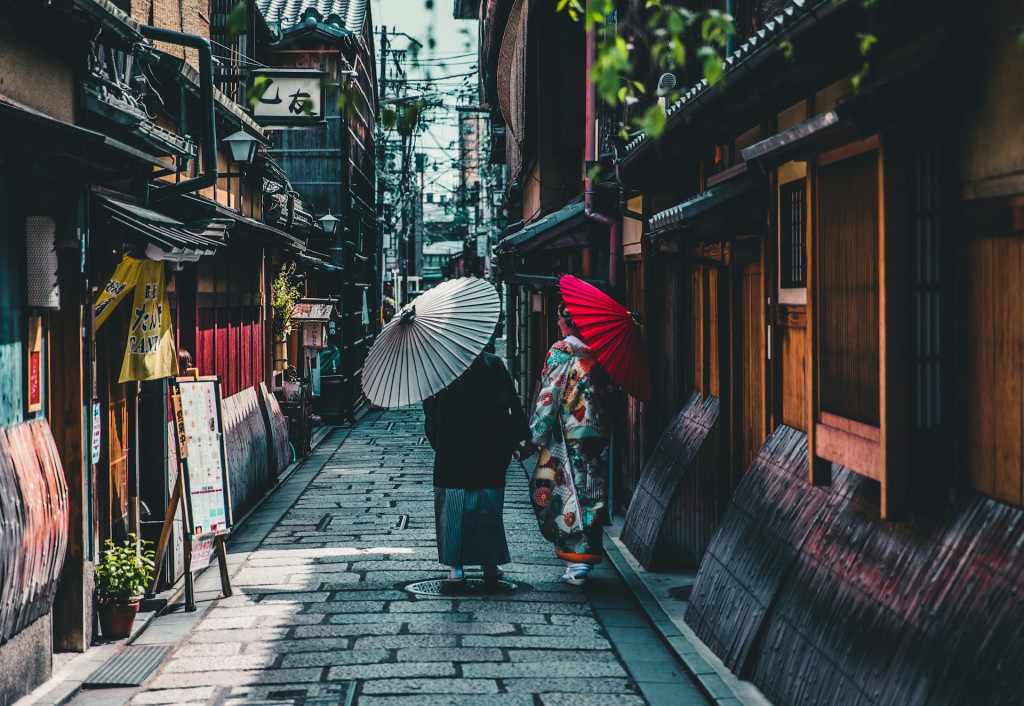In an age of fast-paced vacations and whirlwind tours, more travelers are beginning to recognize the appeal of “slow travel”. Rather than cramming as many destinations and activities into a trip as possible, this activity encourages us to savor the journey, spend more time in fewer places, and engage more deeply with the cultures, people, and landscapes we encounter. If you’re seeking a more meaningful and rejuvenating travel experience, slow travel might just be the perfect approach for you.
What is Slow Travel?

Photo by Resi Kling on Unsplash
At its core, slow travel is about quality over quantity. Instead of hopping from city to city in a blur, slow travel invites you to stay in one place longer. This activity allowing you for a deeper connection into your surroundings. The concept stems from the broader “slow movement,” which began with the slow food movement as a response to the increasing speed of modern life. Slow travel isn’t about moving at a snail’s pace, but about making thoughtful decisions regarding how and where you travel. The goal is to minimize stress and maximize experiences by avoiding the hurried itineraries typical of mainstream tourism.
The Benefits of Slow Travel

Choosing slow travel brings a host of benefits that go beyond just relaxation. First and foremost, it allows you to immerse yourself fully in a destination, offering a richer understanding of the local culture. By staying in one location longer, you can develop a routine, visit the same café multiple times, and get to know the local vendors, which enhances your overall experience.
Secondly, slow travel is more sustainable. It reduces your carbon footprint by minimizing the number of flights or long-distance transport you take, favoring slower forms of travel like trains, buses, or even bicycles. When you spend more time in one place, you also tend to support local businesses rather than global chains. This one also contributing positively to the local economy.
Finally, slow travel promotes mindfulness. Without the constant rush to check off bucket-list attractions, you’ll find more time for reflection, enjoyment, and genuine engagement. It transforms the way you interact with a place—allowing moments to unfold naturally rather than forcing them into a tight schedule.
How to Embrace Slow Travel

Photo by Mesut Kaya on Unsplash
If you’re curious about how to adopt a slow travel mindset, it’s easier than you might think. Start by letting go of the pressure to see everything in one trip. Instead, choose a single city, town, or region and dedicate your time to fully exploring it. When planning your itinerary, leave room for spontaneity. Unlike traditional travel, which often follows a rigid schedule, this activity encourages flexibility. You might stumble upon a hidden gem, like a local market or a scenic viewpoint, that wouldn’t have fit into a packed itinerary.
Additionally, prioritize experiences over attractions. This is not about rushing from one tourist site to the next, but about engaging with local life in meaningful ways. For example, rather than just visiting a museum, consider joining a local workshop. You can learn a traditional craft or skill with this activity. By participating in the everyday life of a community, you’ll foster a stronger connection to the destination and its people.
Accommodation also plays a big role in slow travel. Instead of opting for generic hotels, consider staying in locally-owned guesthouses, vacation rentals, or even participating in home exchanges. This not only supports local economies but also offers a more personal and immersive stay. You’ll often find that hosts are eager to share insights into their culture and recommend lesser-known spots to visit.
You might like: Scenic Railway Journeys You Need to Experience
Slow Travel Destinations

Photo by Andre Benz on Unsplash
While slow travel can be practiced anywhere, certain destinations lend themselves particularly well to this approach. Small towns, rural areas, and regions with rich cultural histories often make the best slow travel locations. For example, Tuscany in Italy is ideal for leisurely exploration, with its rolling hills, vineyards, and charming villages. Renting a villa in a small Tuscan town allows you to experience the slow rhythm of rural life, from daily visits to the market to long, lingering dinners with locals.
Another fantastic destination is Kyoto, Japan. Known for its traditional tea houses, Zen gardens, and historic temples, Kyoto offers an opportunity to truly immerse yourself in Japanese culture. Spend your days walking through bamboo forests, sipping matcha in a serene tea garden, or taking part in a traditional calligraphy class. The slower pace allows you to appreciate the city’s deep-rooted cultural traditions and spiritual ambiance.
Tips for Successful Slow Travel
To get the most out of slow travel, it’s essential to shift your mindset. Rather than seeing travel as a race to accumulate as many experiences as possible, view it as a way to deepen your understanding of a place. Give yourself permission to take things slowly. Whether that means lingering over breakfast or spending an afternoon people-watching in a local park.
Embrace walking or biking as a primary mode of transportation. Not only is this more sustainable, but it also gives you a better sense of the layout and atmosphere of a place. Walking allows you to stumble upon hidden treasures like tucked-away cafes or beautiful side streets that you might otherwise miss.
Lastly, be open to spontaneity. Some of the best experiences come from unplanned moments. Strike up conversations with locals, ask for recommendations, and allow your plans to shift based on what you discover along the way.
Conclusion: Why Slow Travel is the Future
As the world becomes more fast-paced and interconnected, slow travel offers a refreshing alternative. It encourages us to be present, to form genuine connections with the places we visit, and to travel more responsibly. Whether you’re looking for a more sustainable way to explore the world or simply want to find a deeper sense of fulfillment in your travels. Slow travel is an approach that enriches both the journey and the destination.
Next time you plan a trip, consider adopting the slow travel mindset. By doing so, you’ll not only enjoy a more meaningful experience, but you’ll also contribute positively to the local communities and the environment.

